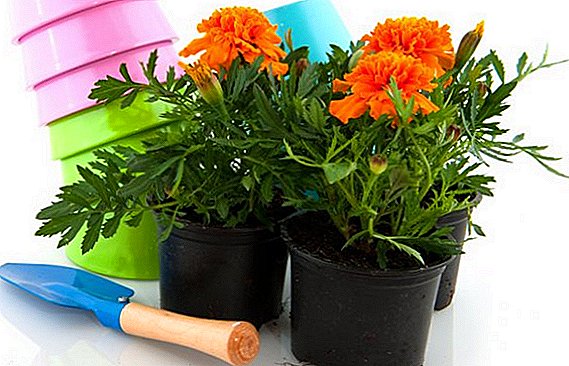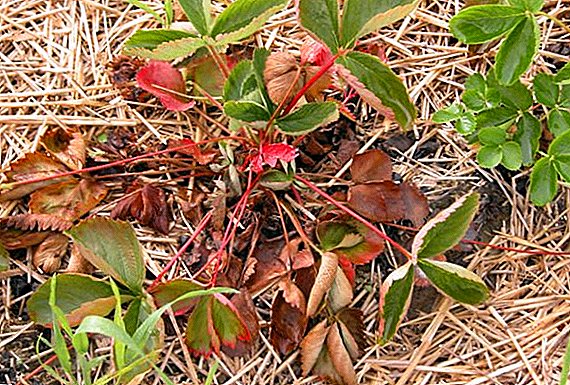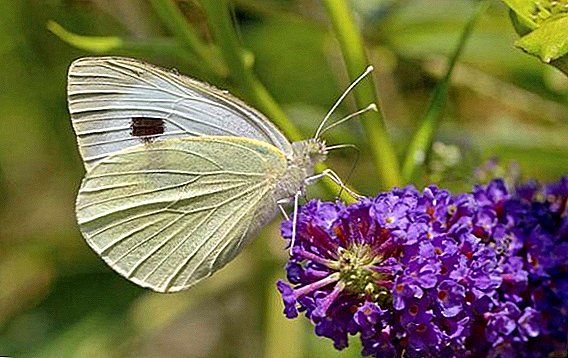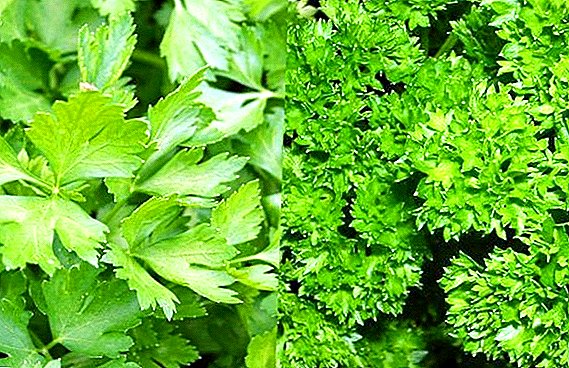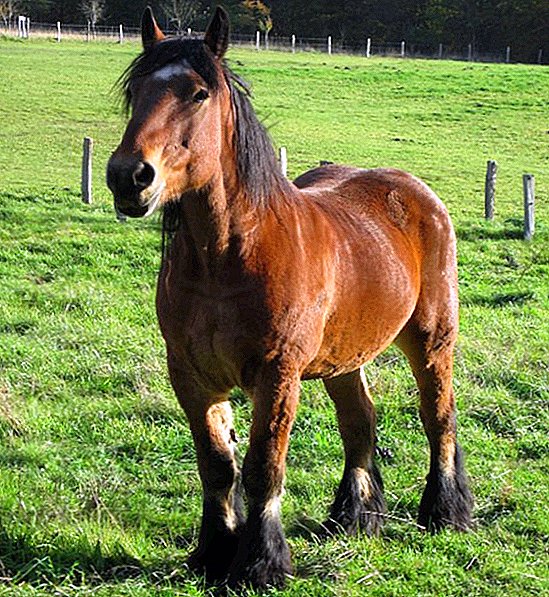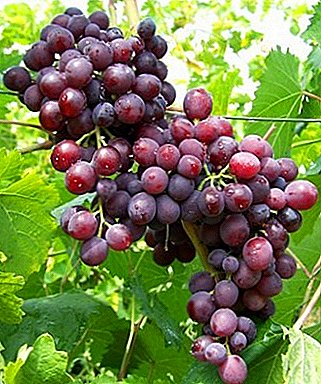
It has long become commonplace varieties of grapes, obtained through skillful selection.
They are not only distinguished by high quality of fruits and increased stability, but also bear fruit well and regularly.
One of such varieties is Muscat Novoshakhtinsky.
What kind is it?
Muscat Novoshakhtinsky is a dining room hybrid form of red grapes. Early ripe variety, flowers self-pollinated (bisexual).
Hybrids also include Aladdin, Korolek and Valery Voevoda.
Muscat Novoshakhtinsky grapes: variety description
 The berry is characterized by a large size, the rounded shape of a red-purple color weighing up to 12 grams.
The berry is characterized by a large size, the rounded shape of a red-purple color weighing up to 12 grams.
Novoshakhtinsky is distinguished by crunchy juicy flesh, covered with a thin rind, which is not felt when consumed and is not prone to cracking.
The taste of the berries - nutmeg with a long caramel aftertaste, which is not lost if the fruit is stored for a long time on the bushes.
Such varieties as Ruta, Nisin and Nesvetaya Gift differ in special taste.
In addition to good taste and aroma, the berry has a high capacity for sugar accumulation. Grapes are very good at transportation, the berry not only does not lose its taste, but also perfectly retains its shape.
Marcelo, Delight Muscat and the Long-awaited can boast a lot of sugar.
Vine matures very well, for the entire length of the shoot. The vigorous bushes of the Novoshakhtinsky Muscat should be planted extensively - at a distance of 4-5 meters, in order to allow both shoots and roots to grow.
Grape cuttings root well and form vigorous seedlings, which are actively beginning to bear fruit.
A photo
Photo grapes "Muscat Novoshakhtinsky" see below:




Breeding history
Grapes were obtained by crossing two varieties - XVII-10-26 and Talisman (Kesha). Breeder - EG Pavlovsky, Russia.
The hand of the same breeder belong to Ayut Pavlovsky, Korolek and Super Extra.
Specifications and recommendations for care
This hybrid is notable for its record early ripening period - the growing season from blooming buds to the absolute maturity of berries ranges from 100 to 105 days, which allows to completely cut off the fruit and carry out tasting by mid-August.
Bunches of grapes are very large, they can reach a weight of up to 800 grams, medium density, elegant, in shape - cilidroconic.
Anthony the Great, Ataman and Lily of the Valley can boast of equally large clusters.
 Without fear, you can load one bush with eyes in an amount of from 30 to 35 pieces.
Without fear, you can load one bush with eyes in an amount of from 30 to 35 pieces.
Pruning of Novoshahtinsky nutmeg is carried out on fruiting 6-8 peepholes. Shrubs begin to bear fruit rapidly, already in the second year after planting the seedling at a permanent place.
Productivity is high due to the many fruitful shoots and vigorous shrub, and the fruits for a long time can be on the vine and not lose their commodity and taste.
If you maintain a high agrofone (fertilizers and balanced fertilizing with mineral fertilizers, rationing of the crop and timely watering), then you can achieve a record size of the grapes and the volume of the crop.
The variety is frost-resistant, the fruit bud maintains temperatures up to -24⁰С. This feature, together with the early ripening period, makes it possible to grow this species in the midland.
Such varieties as Svetlana, Beauty of the North and Pink Flamingo are well tolerated by the cold.
The grapes have proven themselves in the southern and northern regions due to their resistance to unstable climate, but for the winter they require a mandatory shelter, especially when it comes to young seedlings.
Pests and diseases

- The resistance of nutmeg Novoshakhtinsky to diseases is average - 3 points. This applies in particular to downy mildew (mildew) and powdery mildew (oidium).
Raising grapes to support and rationing of the vine with the crop and shoots creates the necessary air regime, which reduces plant diseases. Pruning is the main control tool that regulates the load on the plant and reduces the affected parts of the vine.
- The hybrid is not damaged by the wasp, but can be struck by the ubiquitous spider mite, the wintering of which takes place under peeled grape bark.
This pest damages the grape leaf, which leads to a decrease in the sugar content of the berries, a slower growth of the shoots and a decrease in the yield. The correct method of struggle is to clean and destroy the old bark and affected parts of the bush.
- Spraying the plant with a preventive purpose will help protect the grapes from pests and diseases should be carried out regularly before flowering and at the time when the formation of fruits begins.
Many winegrowers are not yet familiar with Muscat Novoshakhtinsky, and yet it is a worthy hybrid form for homegrown viniculture, with a high level of yield, resistance to changeable weather, and large berries with a caramel-nutmeg flavor.


